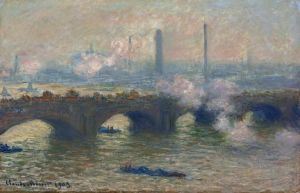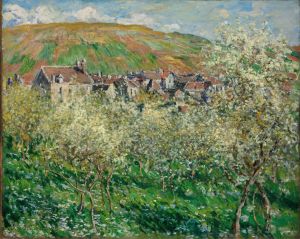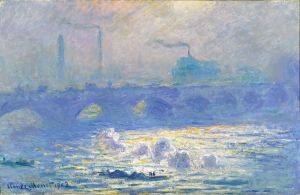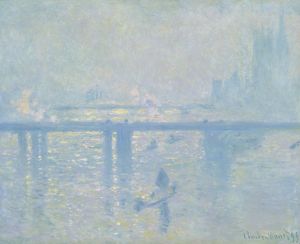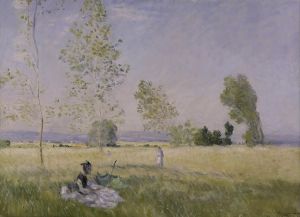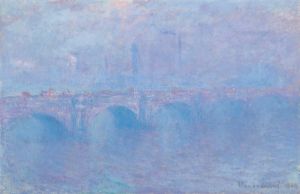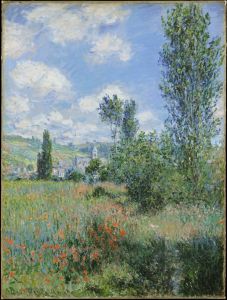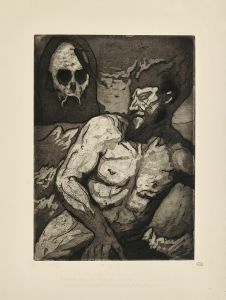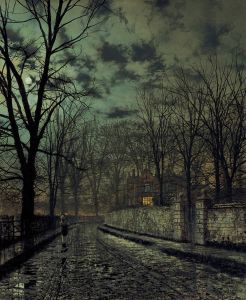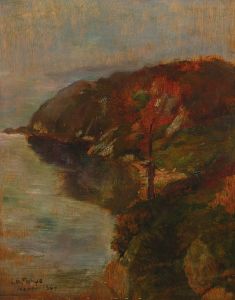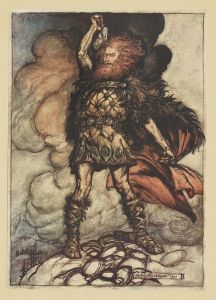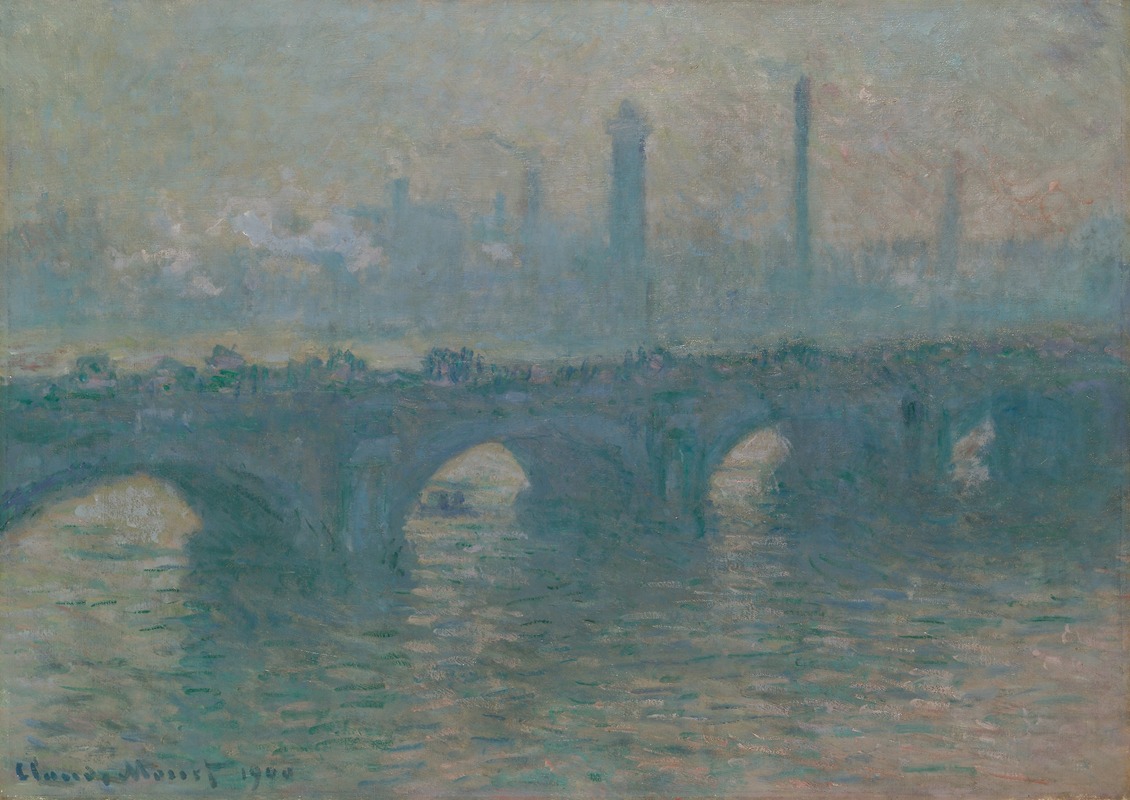
Waterloo Bridge, Gray Weather
A hand-painted replica of Claude Monet’s masterpiece Waterloo Bridge, Gray Weather, meticulously crafted by professional artists to capture the true essence of the original. Each piece is created with museum-quality canvas and rare mineral pigments, carefully painted by experienced artists with delicate brushstrokes and rich, layered colors to perfectly recreate the texture of the original artwork. Unlike machine-printed reproductions, this hand-painted version brings the painting to life, infused with the artist’s emotions and skill in every stroke. Whether for personal collection or home decoration, it instantly elevates the artistic atmosphere of any space.
Waterloo Bridge, Gray Weather is an oil painting by the French Impressionist artist Claude Monet. It is part of a series of works Monet created depicting the Waterloo Bridge in London, a subject he painted during his visits to the city in the late 19th and early 20th centuries. This particular painting is notable for its atmospheric depiction of the bridge under gray weather conditions, showcasing Monet's mastery in capturing light, color, and the transient effects of the environment.
Monet painted the Waterloo Bridge series during his stays at the Savoy Hotel in London, where he had a view of the River Thames. He worked on these paintings between 1899 and 1901, often revisiting the same subject under varying weather and light conditions. The series is part of Monet's broader exploration of urban landscapes and his fascination with the interplay of natural and man-made elements. The Waterloo Bridge paintings, along with his depictions of the Houses of Parliament and Charing Cross Bridge, reflect his interest in the industrial and architectural aspects of London, as well as the city's ever-changing atmosphere.
In Waterloo Bridge, Gray Weather, Monet employs a muted color palette dominated by soft grays, blues, and purples, evoking the overcast sky and diffused light typical of London's weather. The bridge itself is rendered with loose, almost abstract brushstrokes, blending seamlessly with the surrounding mist and water. This approach emphasizes the ephemeral quality of the scene, a hallmark of Monet's Impressionist style. The painting captures the interplay between the natural elements of the river and sky and the industrial presence of the bridge, creating a harmonious yet dynamic composition.
Monet often worked on multiple canvases simultaneously, switching between them as the light and weather changed. This method allowed him to study and document the subtle variations in atmosphere and color. The Waterloo Bridge series, including Gray Weather, exemplifies this meticulous approach and highlights Monet's dedication to capturing the fleeting effects of light and weather.
Today, Waterloo Bridge, Gray Weather is held in the collection of the Art Institute of Chicago. It is celebrated as a prime example of Monet's ability to transform a seemingly ordinary urban scene into a poetic and evocative work of art. The painting continues to be admired for its innovative technique and its contribution to the Impressionist movement, which sought to depict modern life and the transient beauty of the natural world.





